
HYPERVSN 3D Catalog
USD 1,200
Qty

HYPERVSN 3D Catalog
USD 1,200
Qty

HYPERVSN 3D Catalog
USD 1,200
Qty
Cart Subtotal:
USD 3,600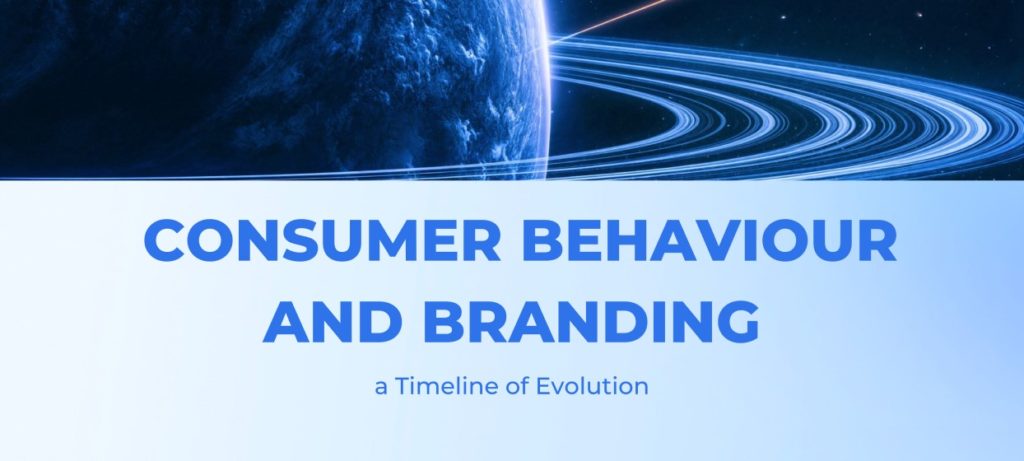

HYPERVSN
Marketing Department
In today’s world of overwhelming choice and borderless purchasing, branding is big business. According to Sortlist’s database, there are over 10,000 branding and positioning agencies in the world, so just imagine the number of consumer brands. But, relatively speaking, it wasn’t that long ago that consumers bought what was available rather than what was desirable. This article will explore the advent – and subsequent explosion – of branding and how consumer attitudes and behaviour have evolved over time. Hopefully, by taking this trip down memory lane, we can intelligently answer the question: what’s next?
Let’s start our adventure just over 200 years ago in 1820. Meet our first shopper, Penelope. It’s the height of the industrial revolution and the early days of mass-produced products. Still, branding hasn’t quite taken off yet, so Penelope’s trip to the market is somewhat predictable. She arrives with a carefully curated list with a focus more on products than brands. The few brands that do exist pretty much only promise what they deliver. Their messages are clear, bold and, frankly, unimaginative; a soap cleans, a dress warms, a medicine heals. The only slight differentiator is who manufactured the product but beyond a preference for or slight familiarity with the name, there is not much to persuade Penelope to purchase, say, Mr. Pear’s soap over Mr. Cussons’. She returns home with a range of products that literally do what they say on the tin.
Fast forward to 1920 and the ability to mass produce products and transport them globally has led to a need for manufacturers to distinguish themselves from the competition. Eager to position themselves as the best, manufacturers have developed brands, and those brands promise a certain outcome to their customers. A cleaning product is no longer just a cleaning product; it’s a promise of a sparkling home and the envy of neighbours. Lillian, Penelope’s great great great granddaughter, has learned to trust brands based on their messaging and her experience of their product – but there are also some brands she likes because…well, she can’t put her finger on it, she just does! Lillian’s shopping bags include Persil washing powder, Heinz soup and a Cadbury’s milk chocolate bar.
By the 1960s, meet Fiona, Lillian’s granddaughter. With a TV in almost every home, and consumers now browsing grocery stores instead of just giving their list to the shopkeeper, brands are vying for attention. Home appliances like refrigerators and washing machines are more affordable than ever, driving an explosion in purchasing. Fiona heads out on a shopping trip, excited to buy some of the products she’s seen her favourite celebrities endorsing in television, radio and newspaper ads. She returns home with a mix of practical purchases and buzzy brand names, including a refreshing Coca-Cola because if it’s good enough for Ms. Monroe, it’s good enough for her!
Now let’s leap forward to 2020, where Alex, Fiona’s granddaughter is on the way to… her laptop. The internet has completely revolutionised shopping habits. Not only do consumers shop online but their opinions of what to buy are formed online too. The new norms of social media, global shipping and fuss-free returns have put the power firmly in customers’ hands. Brands are having to work overtime to gain loyalty and market share, while shoppers are spoilt for choice. Alex often finds herself overwhelmed by this choice and the endless stream of information and opinions. She generally ends up making purchasing decisions based on social media sentiment or the best deal, plus she’s loyal to a few star brands that share her values.
So, what does the relationship between brands and consumers look like in a post-pandemic world? The future of branding is all about ethics and experience. Consumers are no longer impressed by influencers or flashy sponsorships. In response to a global pandemic, widespread political instability and growing disdain for capitalism, they’re more concerned with the mark that a brand will leave on this world. How responsible is your brand? What are they doing to address their carbon footprint? How are they committing a portion of their profit to making the world a better place? These are the questions consumers are asking. 77% of consumers buy brands who share their values and 55% of consumers believe that companies have a more important role than governments today in creating a better future. Brand trust is at an all-time low but 79% of consumers say that user generated content (UGC) highly impacts their purchasing decisions. This is in comparison to only 12% who trust branded content and 9% who say influencer content is impactful.
Consumers want to feel good about the brands they’re spending money on – they want to have a good relationship with the brands. An alignment of values and ethics is one part of that. But relationships are also built on shared experiences. To better understand the current state of consumer expectations and how brands can leverage immersive technologies to create these shared experiences, HYPERVSN commissioned an independent survey of 2,000 UK consumers. Our research found that 63% of consumers felt that an immersive experience improved their in-store shopping trip. Shopping is no longer purely transactional, and the brands that work to build their customer relationships through experiences are the ones that will win. To create truly memorable experiences, brands can take a leaf out of the entertainment playbook and build enchanting brand universes. As well as ensuring consistency and familiarity for your consumers, an excellent brand universe sets the stage for authentic and engaging interactions. A well-executed brand universe is the foundation of truly immersive experiences that drive brand awareness, brand affinity and customer loyalty.
Ready to learn more? Download our latest insights report for an in-depth look at building a brand universe that consumers can’t wait to explore.
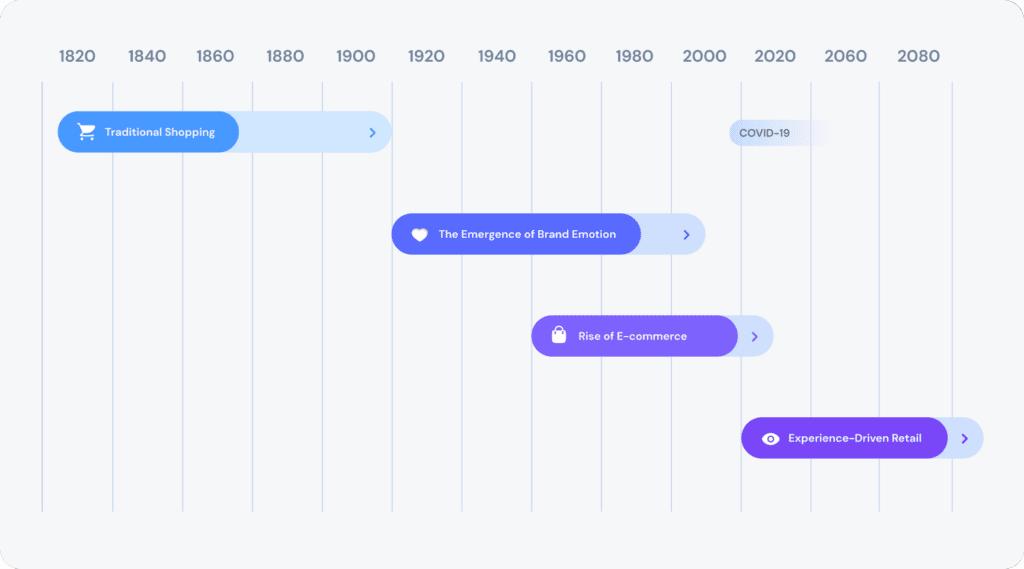
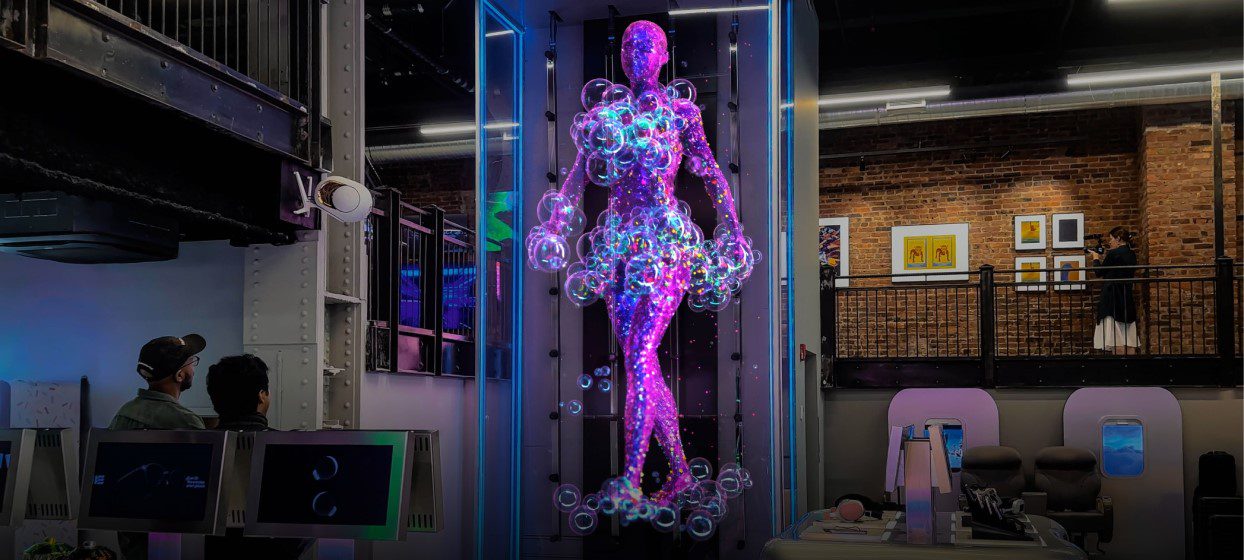
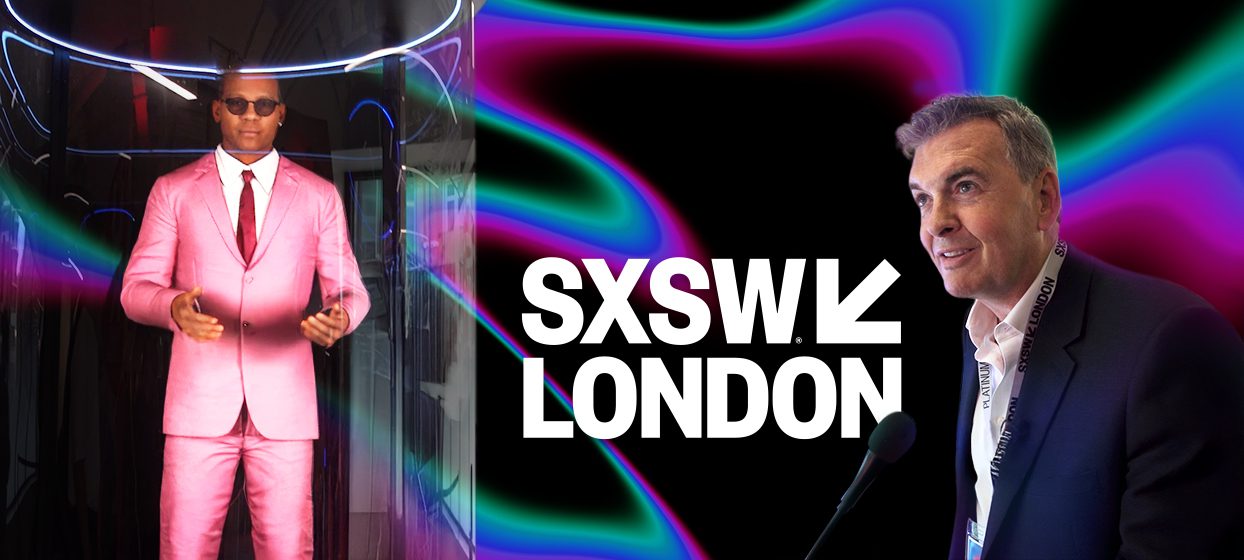

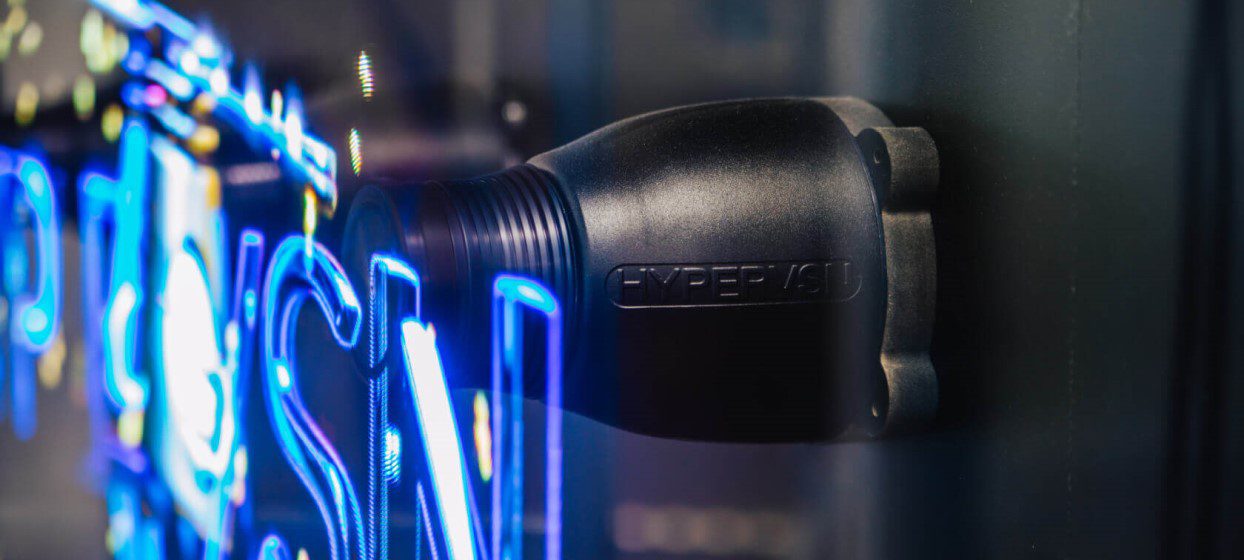
subscribe

USD 1,200
Qty

USD 1,200
Qty

USD 1,200
Qty
Cart Subtotal:
USD 3,600☎️